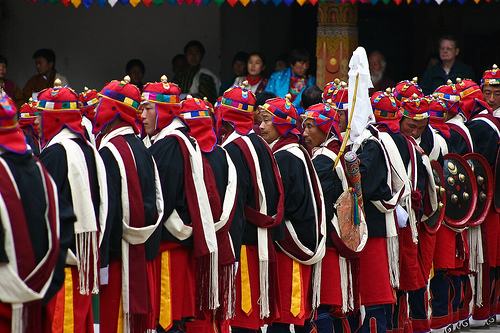
Nature, Birds & Wildlife of Bhutan – Outline Itinerary – Paro Airport (PBH) – Paro (03 Nights) – Taksang – Thimpu (01 Night) – Punakha (02 Nights) – Phobjikha (01 Night) – Trongsa (01 Night) – Nabji (02 Nights) – Korphu – Tingtibi (01 Night) – Gongphu (01 Night) – Lungta (01 Night) – Manas National park (02 Night) – Lokpriya Gopinath Bordoloi International Airport (GUA) / Guwahati Railway Station (GHY) / Rupnath Brahma Inter State Bus Terminal (ISBT) / Guwahati
Day – 01 – Arrival in Paro and tour (2200 meters) – Arrive in Paro and transfer to hotel – Later visit cultural landmarks such as Rinpung Dzong and National Museum – If time permit, we’ll explore and scan villages and farmhouses and agricultural channel nearby in a way setting tone for avifauna that thrive in Bhutan, On the agricultural fringes the birds such as Ibis Bill, fire capped Tits, Spotted Laughing Thrush etc are most likely to be seen – Overnight in Hotel
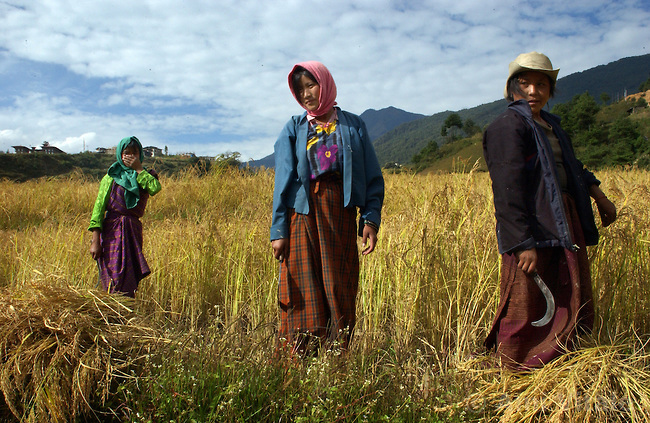
Day – 02 – Paro valley tour and birding – Full day tour of Paro valley scanning for avian and also visiting cultural attractions mainstay – Ideally, in early morning hour we set out examining thoroughly along the bank of Paro river and agricultural edges till the Drukyul Dzong, these areas offer best birding colony in Paro – Birds to most likely to be seen are Black faced laughing thrush, brown dipper, spotted laughing thrush, Fire capped Tit, Ibis Bill, Crested-pie kingfisher, Redrumped swallow, Long-tailed minivet, Grey wagtail, Yellow-billed blue Magpie, Spotted nutcracker, later visit, Kichyu Lhakhang and Dumtshe Lhakahang – Overnight in Paro
Day – 03 – Hike to Taksang – Today is the hike to iconic Taktsang monastery, if early, we can also see some birds such as Ibis Bill, Brown Dipper, Laughing thrushes- Red Billed Clough – As day progress, it set out flight reaction of bird as the visitors grows – With almost 3 hours uphill walk and 01 -02 hours downhill hike in addition to visit of Tiger’s Nest monastery visit, it’s a whole day affair. Upon return to hotel, pamper yourself with traditional hot stone bath – Overnight in Hotel
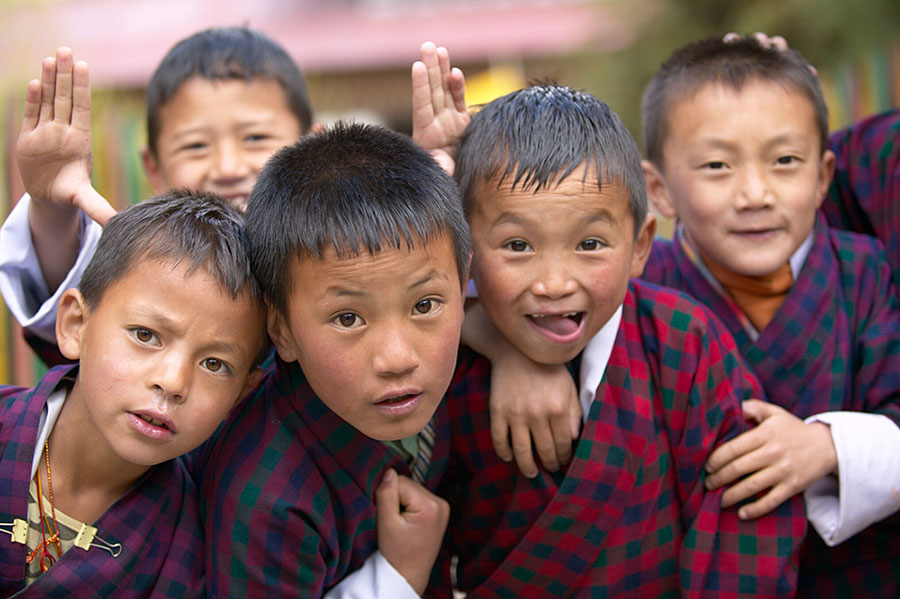
Day – 04 – Transfer Paro to Thimphu (2300 meters – Approximately 54 kilometers and is nearly 1:20 hours drive) – Drive to Thimphu and head out past the town through the vegetation of fir, conifers, hemlock into Cheri and Begana – Temperate vegetation with quiet
Day – 05 – Transfer from Thimphu to Punakha (1310 meters – It is nearly 71 kilometers and is nearly 03 hours drive by road) – Drive to Punakha, if early this will enable prime time birding at Docula Pass (3150 meters and is 01 hour) – Given early early morning hours at pass, it not just limits to prime time birding but also can relish glorious sun rise and vista of mountain peaks and surroundings area, weather permitting. We’ll side track into the trail in the forest of fir, birch, hemlock, examining the vegetation for the birds – During spring, it’s a botanist’s delight as forest is ablaze with crimson and pink rhododendrons, creamy magnolia and aromatic Daphne – The forest floor covered with iris, anemone and euphorbia with Lavender primula and deep purple iris lined at the side – Sighting Ward’s Trogon would be a prize conquest. And also endemic birds such as resplendent Himalayan Monal, near mythical Satyr Tragopan, Blood Pheasant, Khalij Pheasant etc. In Punakha, we will visit Punkaha Dzong, sitting tall in the confluence of Mo & Pho Chhu river – Overnight in Hotel
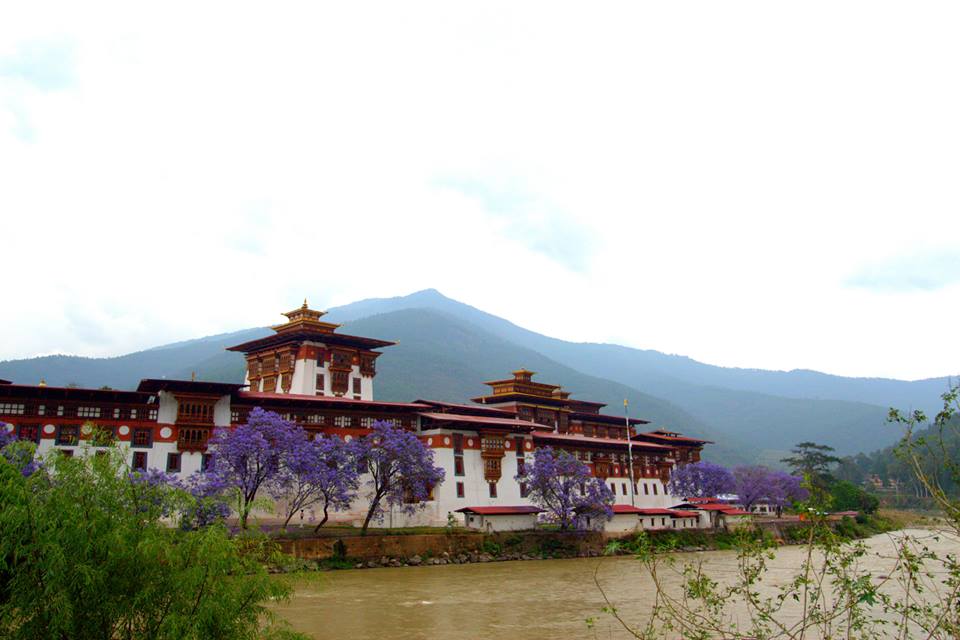
Day – 06 – In Punakha Sightseeing – Full day tour of Punakha valley that consist of scanning Mo Chhu riverbank and Tashithang area. Punakha has typical
Day – 07 – Transfer from Punakha to Gangtey and Phobjikha (2900 meters – Approximately 65 kilometers and is nearly 2.5 hours drive) – Leaving Punakha, along the way we will make succession of stops that features birding spots in agricultural fringes, rivers channels and vegetation – Flycatcher, wedge Tailed green Pigeon are common – Pallas Fish Eagle has been recorded more often in these area- We will also make a stop at large swathe of productive forest before the Phobjika for birds such as scarlet Finch, Black Drongo, Chestnut bellied Nuthatch, Slaty backed Forktail, Gorgeted Flycatcher, White throated Laughing thrust, Eurasian Jay, Wedge Tailed Green Pigeon, Mountain Imperial Pigeon, Verditer Flycatcher, etc – Later visit Gangtey monastery and Nature centre and if your travel date fall between October to March, watch Black Neck crane in action – If time permits, a leisurely nature walk in glacial Phobjika valley, where a few birds may awaits you to be discovered such are White Throated laughing thrushes, Mountain Imperial Pigeon, slaty backed forktail, Rusty-flanked Tree creeper, White-browed Bush Robin, and White-winged Grosbeak – Overnight in Hotel
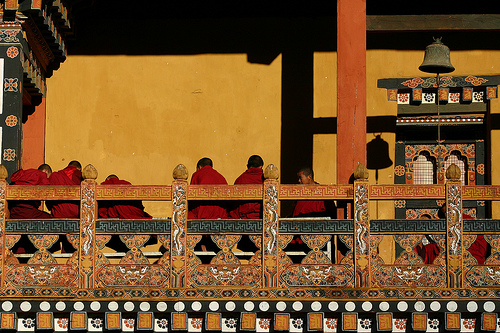
Day – 08 – Transfer from Phobjikha to Trongsa (2200 meters – Approximately 120 kilometers and is 04 -05 hours drive) – Leaving Trongsa early, we’ll stop at Pela La pass. We will spend the whole morning hours looking for alpine avian delights like Satyr
Day – 09 – Transfer from Trongsa to Nabji (1367 meters – Approximately 90 kilometers and is 04 -05 hours drive) – Drive to Nabji however road are mainly dirt road, transportation is through tractors and some portion we will walk – This region has impressive flora and fauna, we will make stops to explore the vegetation of broad leaves forests, wild lives are abundant like Rufus Necked Hornbill, Gaint Hornbill, Golden Languor, Himalayan Squirrel, Rhesus Macaques and varied species of
Day – 10 – Full day for excursion to Korphu – Camp (1500 meters – Approximately 06 kilometers and is nearly 02-03 hours drive) – Excursion hike to Korphu village, it is located at hilltop above the Nabji – Start the hike with short descent through fan shaped field, cross the small stream and follow steep ascent for 02 to 03 hours to reach Korphu village – Korphu villages consist of around 76 households – Once in village, explore temples, visit village, school, interaction with people et al – Return to Nabji – Overnight in deluxe camp
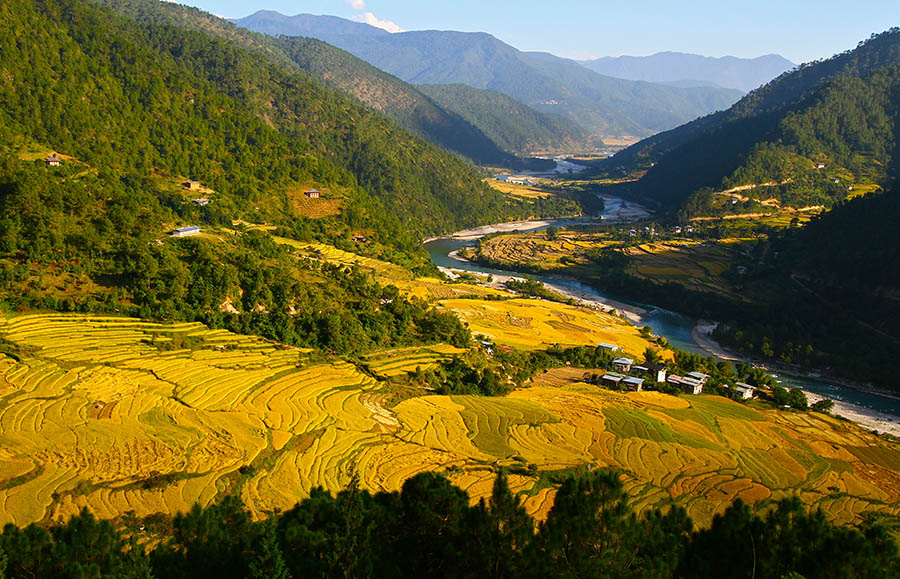
Day – 11 – Drive to Tingtibi – (560 meters – Approximately 102 kilometers and is 04 -05 hours drive) – In the morning, we’ll walk till the road head and drive through farm road for almost 02 hours, then connect with highway and drive for further 02 hours to Tingtibi – Bird festival is held at Tingtibi each year and is a much sought after by bird watchers from across the world – Tingtibi is a settlement in the south of Bhutan. It is located in Zhemgang District, to the south of the town of Zhemgang – Tingtibi is the bedrock of birding in Bhutan – Its warm sub tropical thick broad leaves forest in addition to lesser people in vicinity augment well for the birds to thrive – Depending on the time of arrival, we’ll do the birding in Tingtibi – Overnight in deluxe camp
Day – 12 – Birding in Tingtibi and Gonphu areas and camp in Gongphu – (398 meters – Approximately 45 kilometers & 02 Hours drive) – The underlying areas of Tingtibi, Gonphu and Manas have relatively lesser population concentration in addition to subtropical climate offer best birding spot in Bhutan – We’ll do birding for whole day in Tingtibi and Gongphu area. In Tingtibi, We will focus mainly to spot much sought after Yellow- Rumped honey guide and beautiful nuthatch – Along with it, there are may birds you will encountered such as yellow-throated martin, giant squirrel etc – birds – Rufus-necked hornbill, Blue throated bee-eater, Maroon Oriole, Racket tailed Drongo, Red headed Trogon, sultan tit, Grey Nightjar, Hill Prinia, Asian Emerald Cuckoo, Great hornbill, Partridge, Violet Cuckoo, Pin-tailed Green Pigeon, and Cutia. Rufous-faced Warbler is also quite common, and we stand a chance of encountering the rare White-bellied Heron and possibly Collared Treepie – In afternoon, less than 02 hours drive takes to Gonphu area, birding in avian rich forest – The species remain similar with Tingtibi however more chances of sighting these species due to serene ambience – Overnight in deluxe Camp
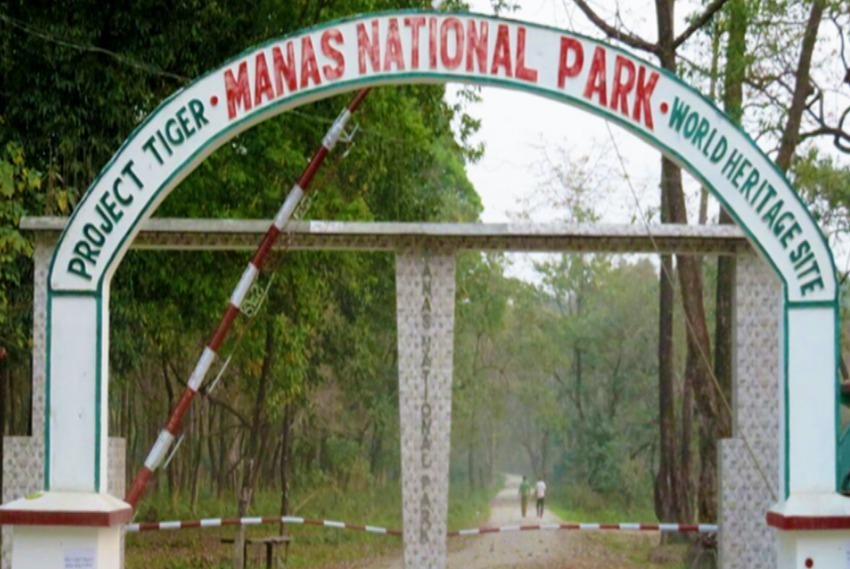
Day – 13 – Transfer from Gongphu to Manas (110 meters – Approximately 55
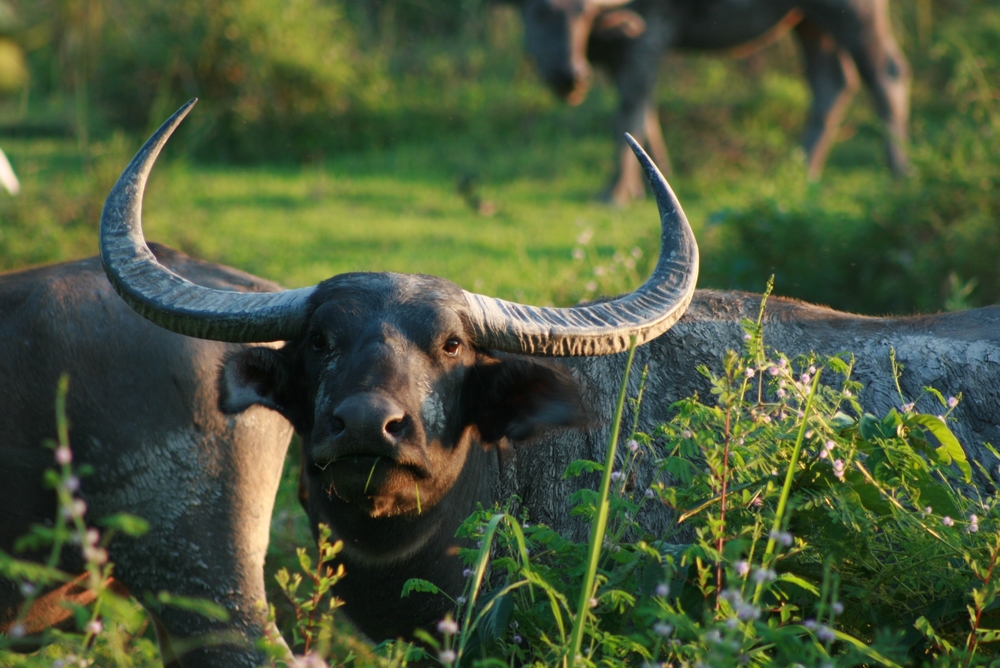
Day – 14 – Transfer to Manas National Park (Assam, India)- Cross into Indian Manas doing safari on the way – Manas National Park or Manas Wildlife Sanctuary is a national park, UNESCO Natural World Heritage site, a Project Tiger reserve, an elephant reserve and a biosphere reserve in Assam, India – Finish immigration formalities of both Bhutan and India, once in Indian side of Manas Wildlife Sanctuary, we can do wildlife safari and also take excursion for birding in nearby vegetation – These broad leaves forest harbour the avian species such as Indian Roller, Egret, lesser Adjutant Stroke, Jungle Fowls, Pelican, Stroke Bill Kingfisher, Bulbuls, Brahminy Ducks, Fishing eagles etc – Overnight in Safari Lodge in Manas National Park
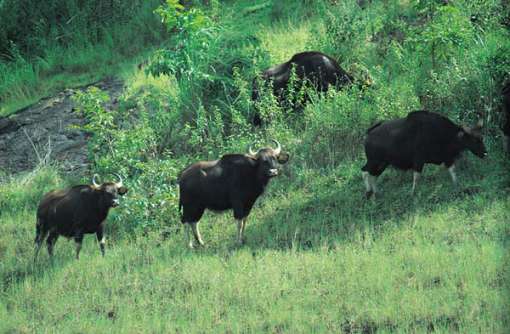
Day – 15 – Manas National Park (Indian side) – Rest and relax for whole day or you can start early for wildlife safari such as Jeep safari in deeper part of park, where the sighting of birds are ample such Serpent Eagle, Giant Hornbills, Jungle Fowls, Indian rollers, White Breast Kingfisher, Rose Ring Parakeet and other sub tropical species – And also animals such as Asiatic elephant, wild Gour/ Indian Bison, One horn Rhinoceros, deers etc. And also do elephant ride, along side it, you can also do fair bit of birding in interior of the park – Overnight in safari Lodge at Manas National Park
Day – 16 – Departure Transfer to Lokpriya Gopinath Bordoloi International Airport (GUA) / Guwahati Railway Station (GHY) / Rupnath Brahma Inter State Bus Terminal (ISBT) – [November to March is pleasant and dry during the day and slightly

Visit www.visittobengal.com & www.dreamwaydestinations.com